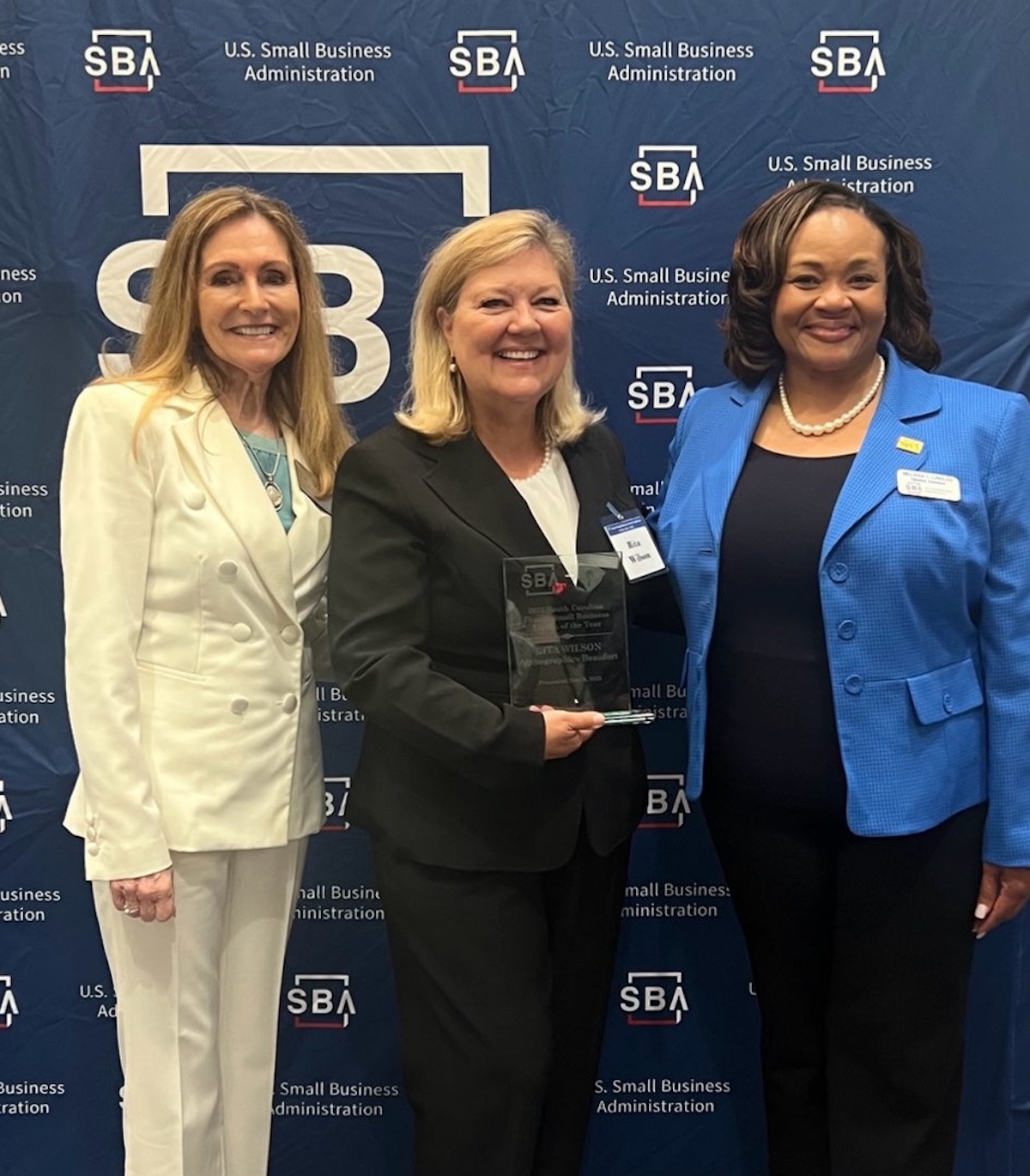Active investing or passive investing. It’s an ongoing debate, and here, briefly, is what’s behind it.
Active investing involves the skills of an investment manager who seeks to generate greater returns than a market benchmark or index and may pursue other goals, such as risk reduction and income enhancement.
A passive manager’s investment strategy, on the other hand, is designed to track the performance of an index, an asset class, or market segment (benchmark) and achieve returns that closely correspond to the returns of that benchmark with low fees. The goal of this type of investing might be, for example, to track the performance of the S&P 500 Index, which means owning a basket of stocks that mirror the composition of the index. Once the basket’s contents are determined, the manager generally steps back and lets market forces do what they will.
With this type of investing, the manager will not sell securities to take advantage of changing market conditions and may have less flexibility to react to price declines in the securities but will continue to hold the same securities as the benchmark it is designed to track.
Active investing includes substantial research and, possibly, a fair amount of trading, and the manager generally passes these expenses on to the investor. On the other hand, expenses for a passively managed fund, such as an exchange-traded fund (ETF), are usually low, making it comparatively inexpensive for investors to own. It is important to note that although these funds trade relatively infrequently, keeping administrative expenses relatively low, the fund’s performance probably will not match the benchmark’s performance exactly.
This is the crux of the debate: Is active investing worth the additional expense?
Active vs. passive snapshot
- Ongoing research and frequent trading
- Relatively high expenses
- May focus on, for example:
- Large-, mid-, or small-capitalization
- Value vs. growth
- Dividend-paying (income) companies
- No ongoing research and little, if any, trading
- Relatively low expenses
- Generally more tax efficient
- May seek to track the performance of an index, such as the S&P 500
Active remains popular
According to Morningstar Direct, U.S. investors have been increasingly drawn to passive funds, but they still have substantially more invested with active managers. One reason may be a potential challenge passive investing faces when the markets are down or flat.
While a passive manager’s hands are essentially tied during these times, an active manager is able to make adjustments to the portfolio in an attempt to improve its performance. Although there’s no guarantee these efforts will prove successful, the active manager – unlike the passive manager – at least has room to maneuver.
Wide range of alternatives
Because there are literally thousands of funds on the market, deciding on active investing opens the door to a wide range of additional choices.
There are funds concentrated on a specific level of capitalization, or cap – a term used to describe a company’s size. It’s determined simply by multiplying a company’s stock price by the number of shares in the market. In addition to large-cap, such as those in the S&P 500, there are also mid-cap and small-cap companies.
In addition, there are funds focused on different investing styles. Growth funds invest in companies that appear poised to grow faster than their market sector or the market in general, though growth may not be realized. Value funds, on the other hand, look for companies that investors appear to be overlooking for one reason or another and show promise for a comeback, though there is no guarantee such value will be recognized by the overall market.
Some funds look to generate income by investing in companies that pay dividends. Investors can receive that income as cash or reinvest it in additional fund shares. However, keep in mind that reinvested income generally is taxable in the year it’s paid unless it’s held in a tax-advantaged account, such as an IRA.
Remember to diversify
The debate over active vs. passive is somewhat pointless because you don’t have to choose between the two. In addition to spreading your money across a variety of different asset classes (stocks, bonds, and cash), market capitalizations (large, medium, and small), and investing styles (growth and value), you can also diversify by including both passive and active investments in your portfolio. For help with building a portfolio designed to help you reach your goals, consider turning to a professional financial advisor.
All investing involves risk, including the possible loss of principal. There is no assurance any investment strategy will be successful or that a fund will meet its investment objectives. An investment in an exchange–traded fund (ETF) will fluctuate and shares, when sold, may be worth more or less than their original cost. ETFs are subject to risks similar to stock including market risk, which is the risk that the value of an ETF’s holdings may fluctuate in response to general economic and market conditions, the prospects of individual companies, and industry sectors. Shares of ETFs are bought and sold at market price in the secondary market, which may differ significantly from the ETF’s net asset value and are not individually redeemed from the fund. Only “authorized participants” or market makers may trade directly with the fund, typically in large, specified blocks of 50,000 shares. Ordinary brokerage commissions for purchases and sales may appl,y which could reduce the fund’s returns.
There are different types of ETFs such as index-based, sector and industry, investment style, or asset class, each with its own risk and return characteristics Index-based ETFs seek investment results that, before expenses, generally correspond to the price and yield of a particular index. There is no assurance that the price and yield performance of the index can be fully matched. Sector- and industry-based ETFs are narrowly focused. Concentration in certain sectors or industries may present more risks for a portfolio than if it was broadly diversified over numerous sectors of the economy. This will increase a portfolio’s vulnerability to any single economic, politica, or regulatory development affecting the sector or industry and may result in greater price volatility. Investment-style ETFs include growth- and value-type ETFs. The growth and value types of investing tend to shift in and out of favor; growth may not be realized; and and a company’s intrinsic value may not be recognized by the overall market. Asset class ETFS include small-, medium-, and large-cap stocks. Investing in small- and mid-cap companies involves additional risks from investing in large-cap companies, such as limited liquidity and greater volatility. Dividend-focused ETFs generally seek to track the investment results of an index composed of dividend-paying equities. The income generated by the ETF’s holdings is dependent upon the dividend policies of the companies in which it invests. Dividend-paying stocks may fall out of favor with investors and may not return more than the overall stock markets. Dividends may be reduced, changed, or eliminated at any time.
Both active and passively managed funds are subject to fees and expenses not applicable to indices which are unmanaged and unavailable for direct investment.
This article was written by/for Wells Fargo Advisors and provided courtesy of Whitney McDaniel, CFP®, Associate Vice President – Investments in Beaufort, SC at [843] 524-1114. Any third-party posts, reviews or comments associated with this listing are not endorsed by Wells Fargo Advisors and do not necessarily represent the views of Whitney McDaniel or Wells Fargo Advisors and have not been reviewed by the Firm for completeness or accuracy.
Investments in securities and insurance products are: NOT FDIC-INSURED/NOT BANK-GUARANTEED/MAY LOSE VALUE
Wells Fargo Advisors is a trade name used by Wells Fargo Clearing Services, LLC, Member SIPC, a registered broker-dealer and non-bank affiliate of Wells Fargo & Company.
© 2017 Wells Fargo Clearing Services, LLC. All rights reserved.






